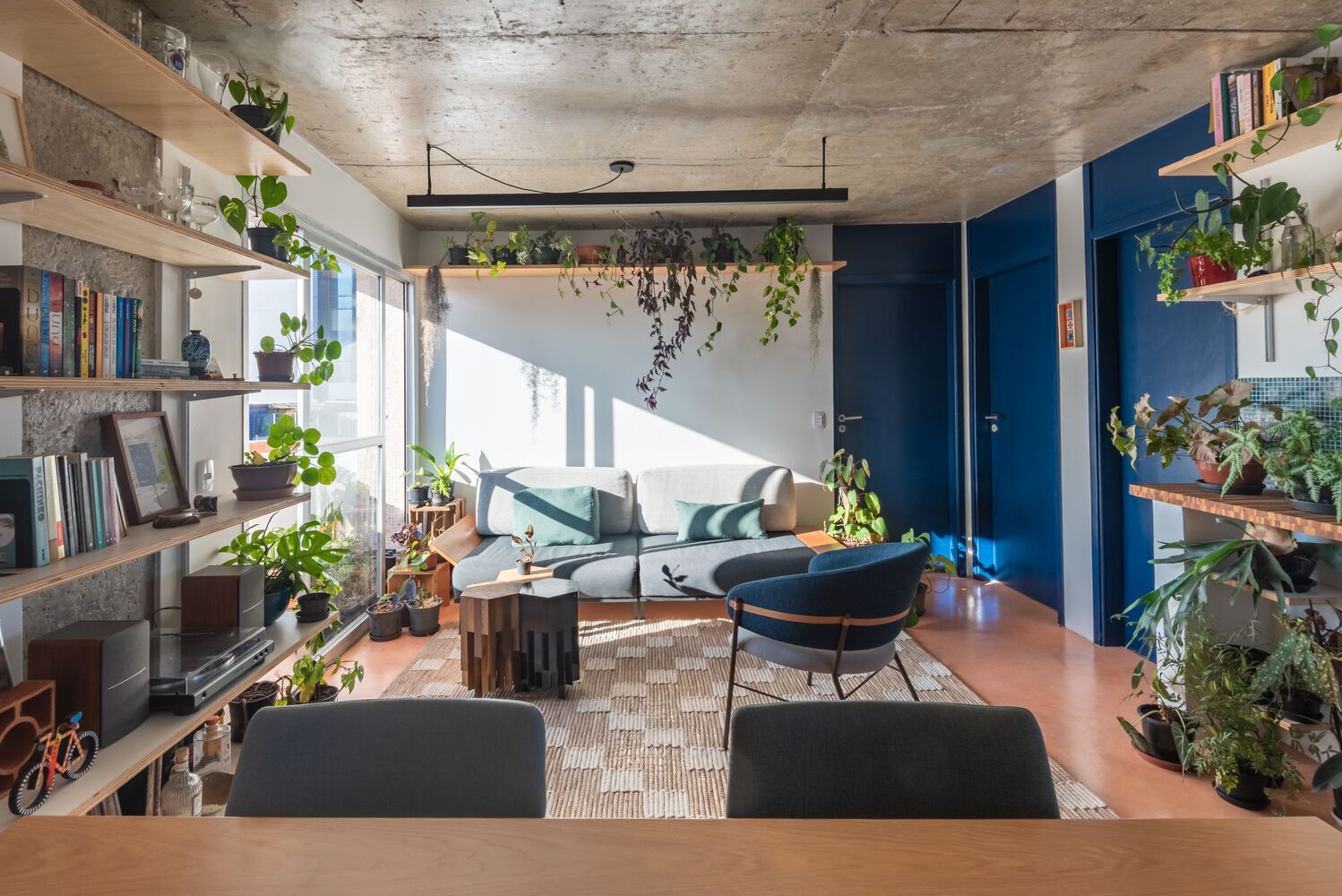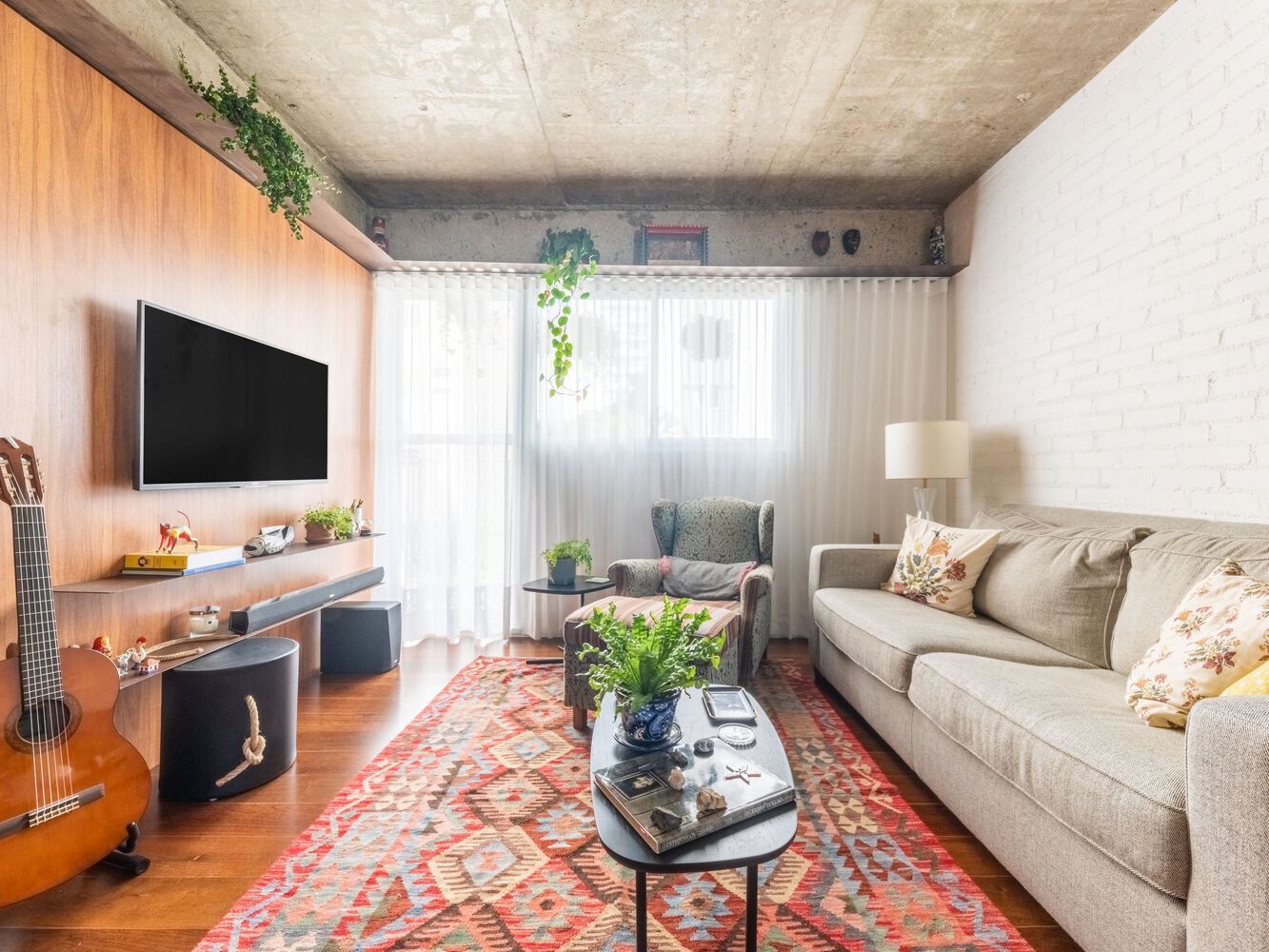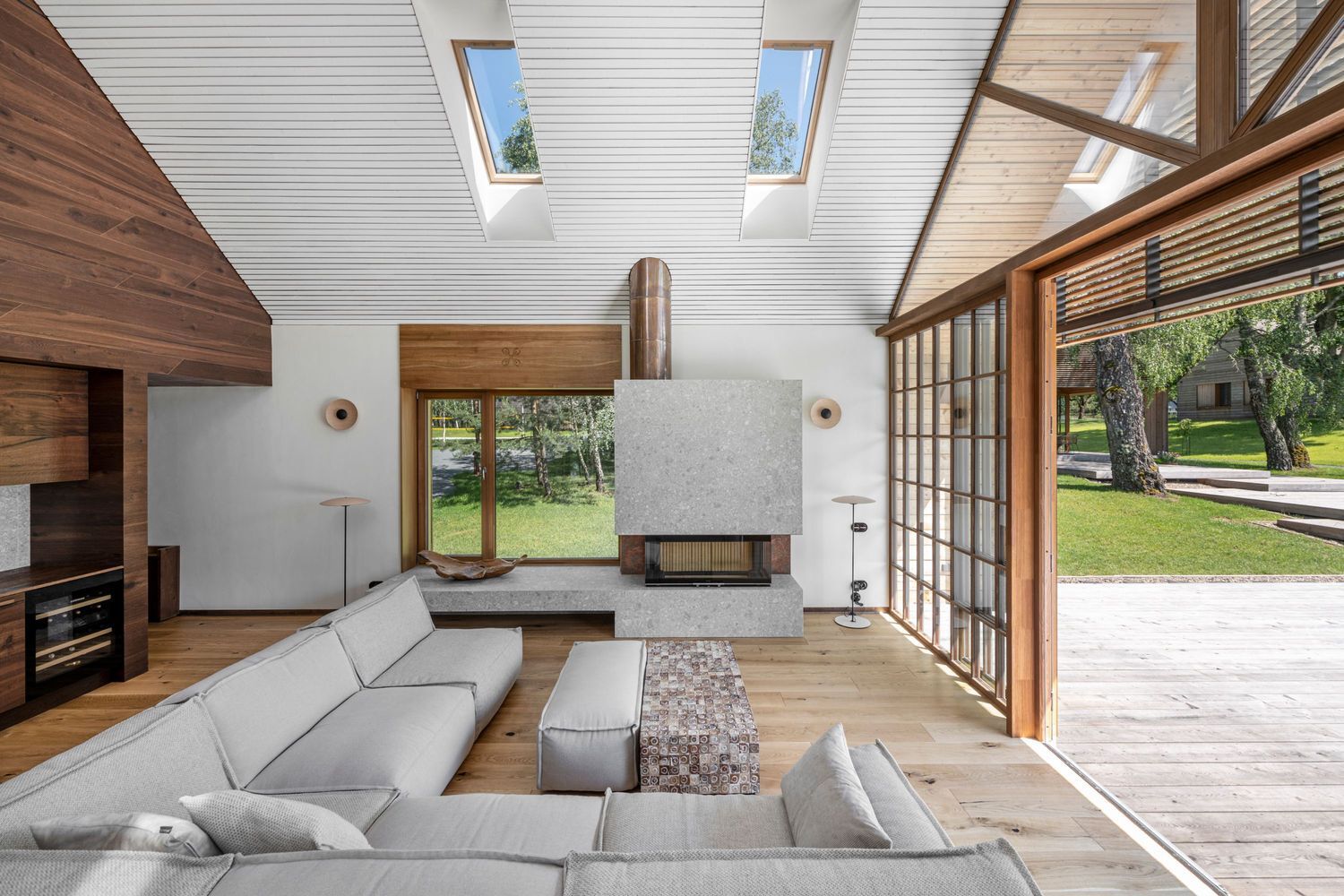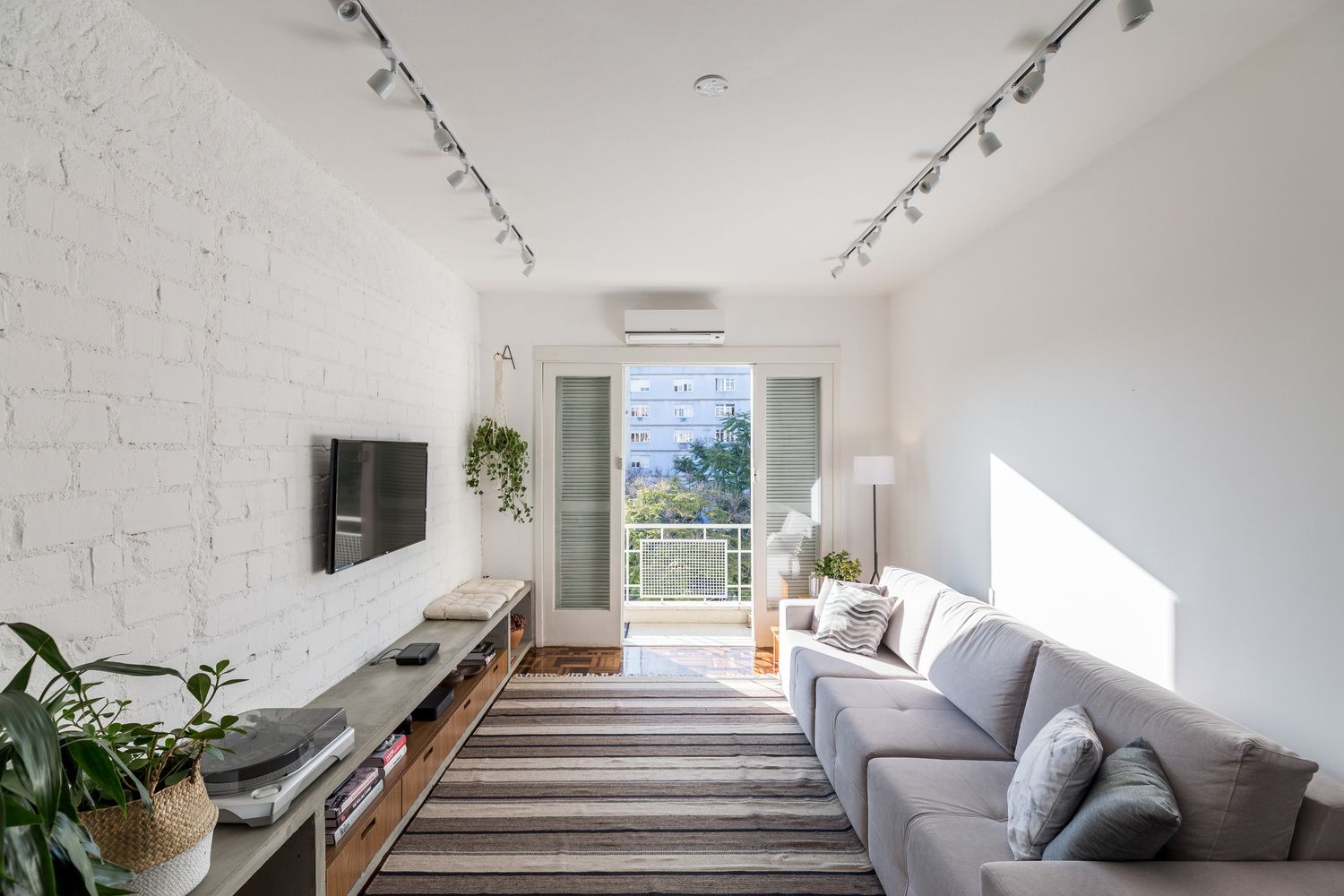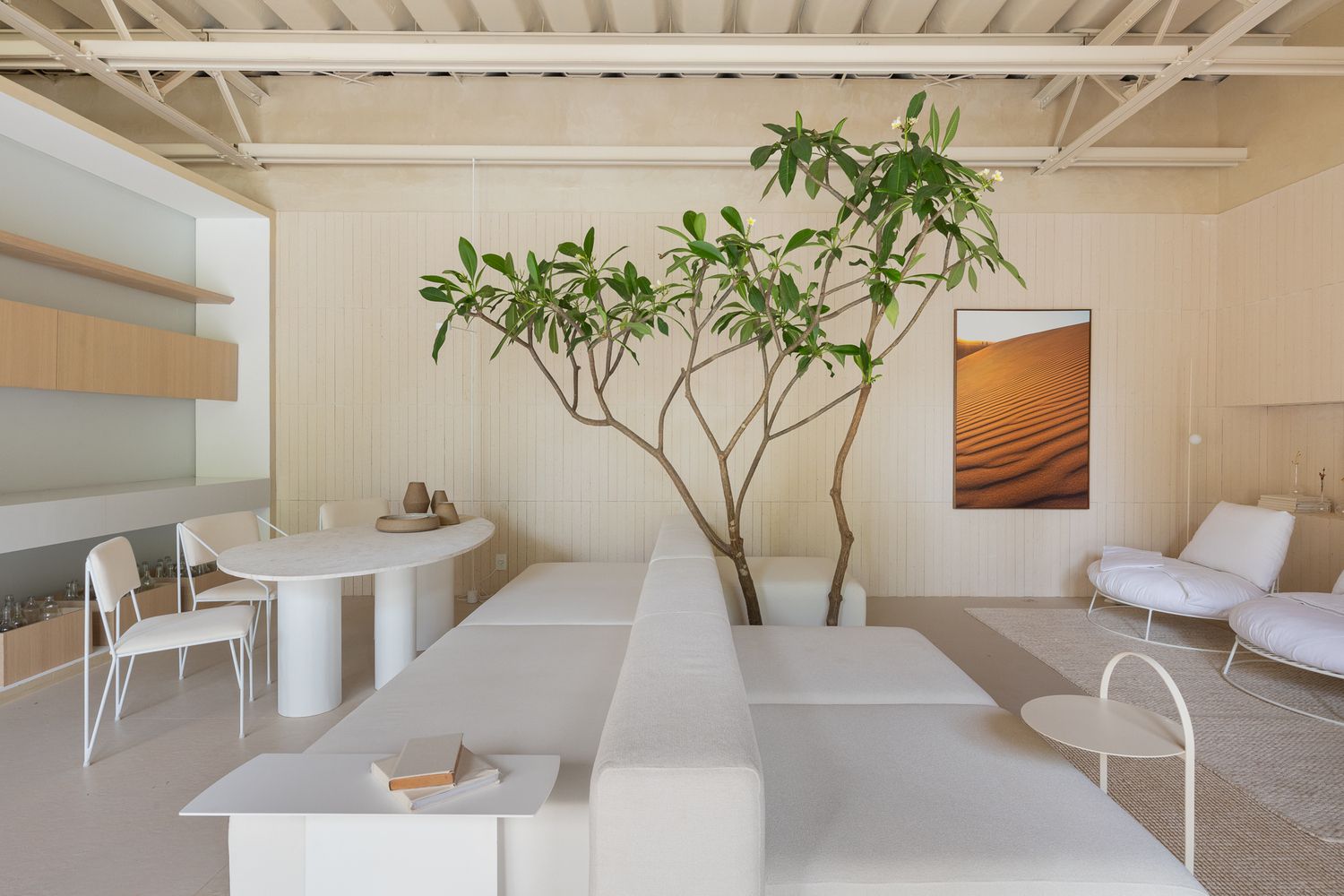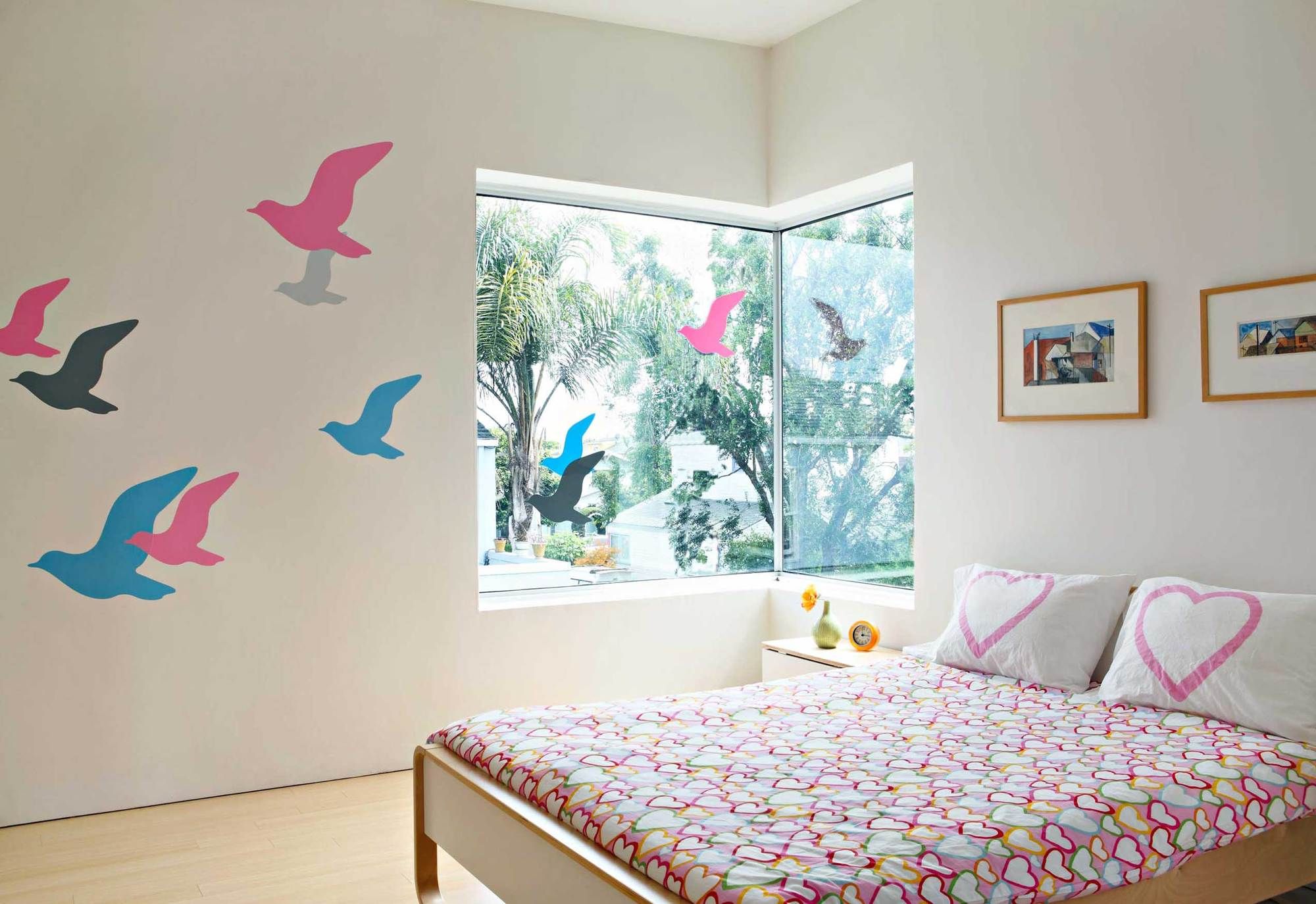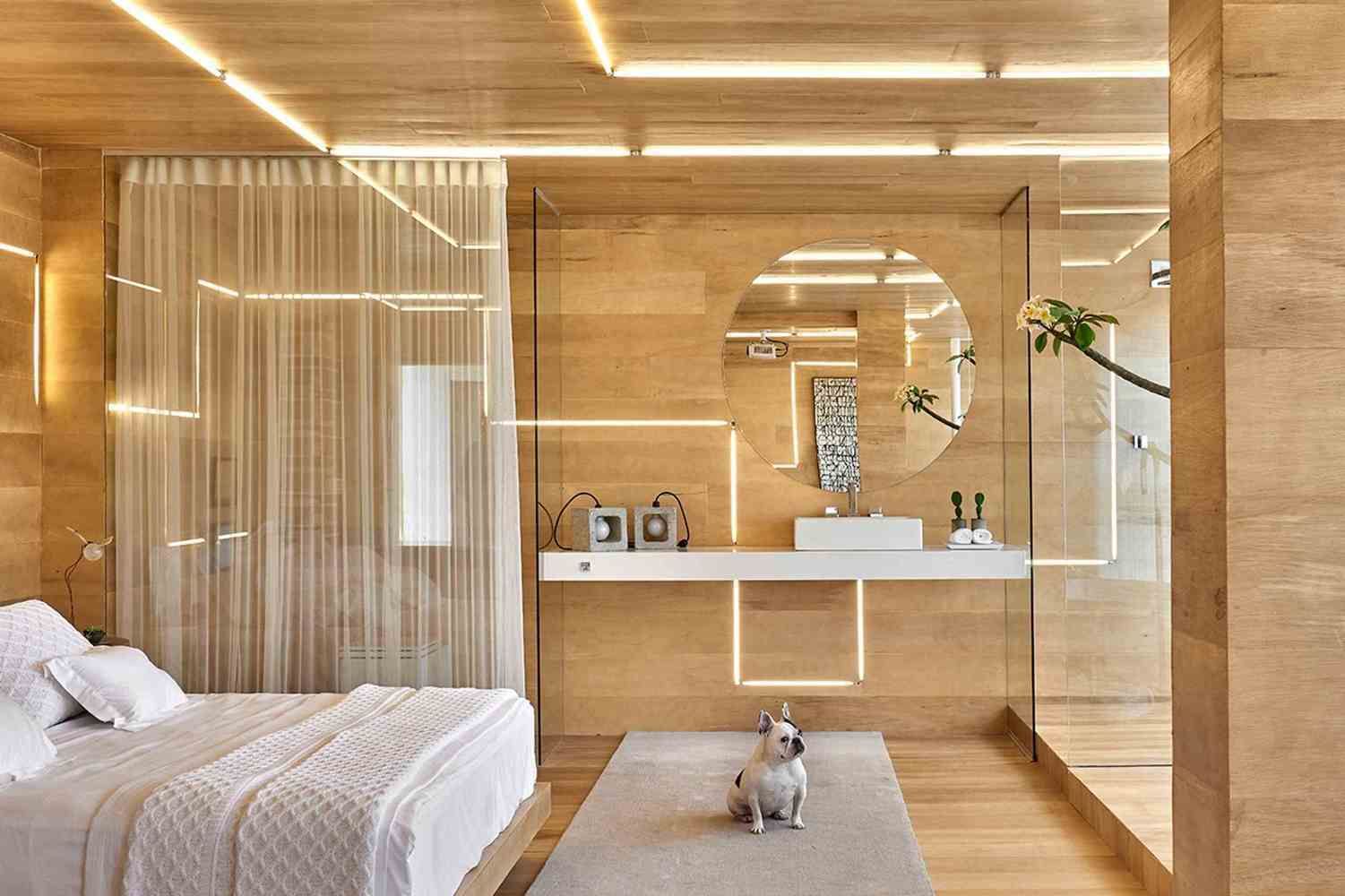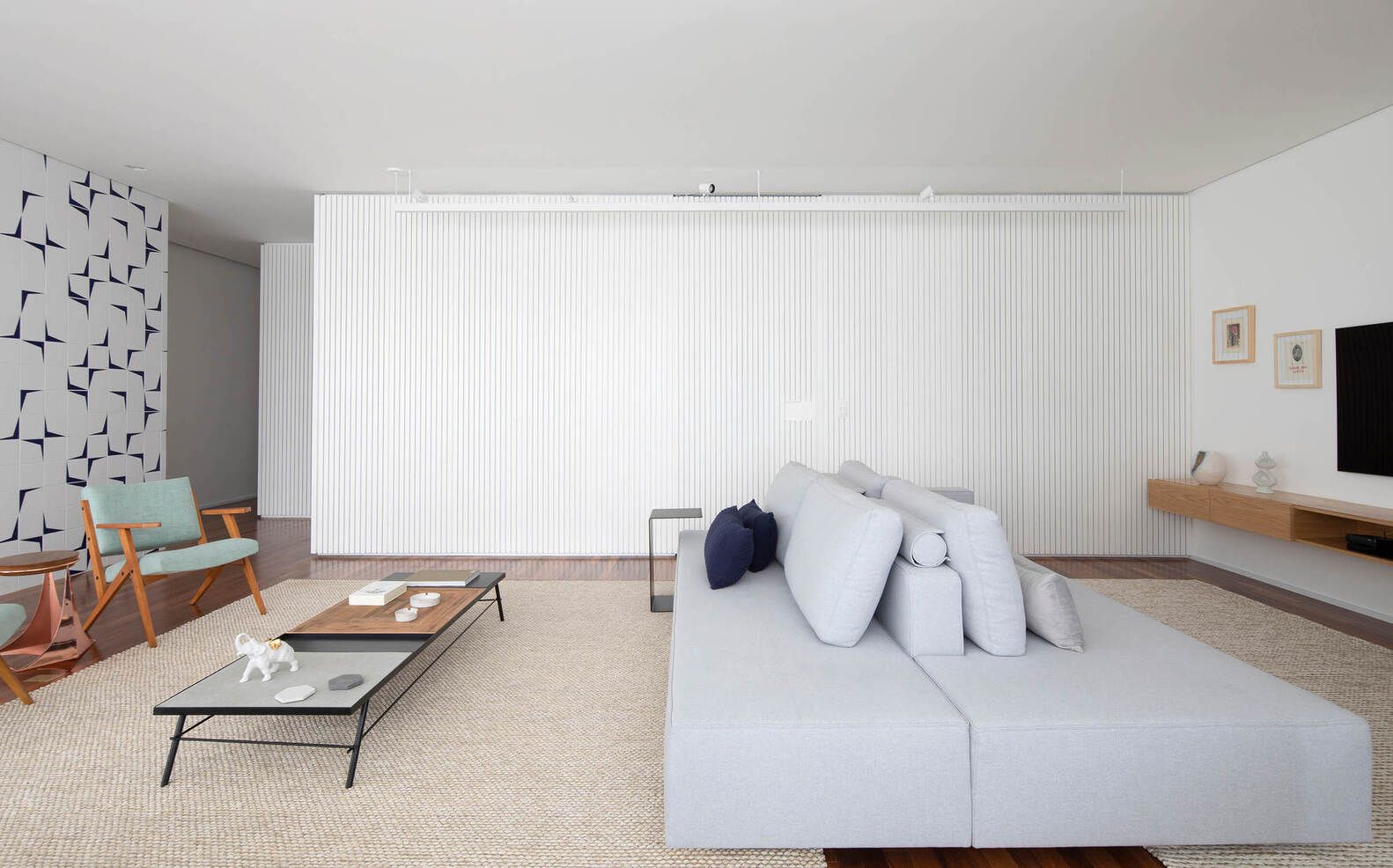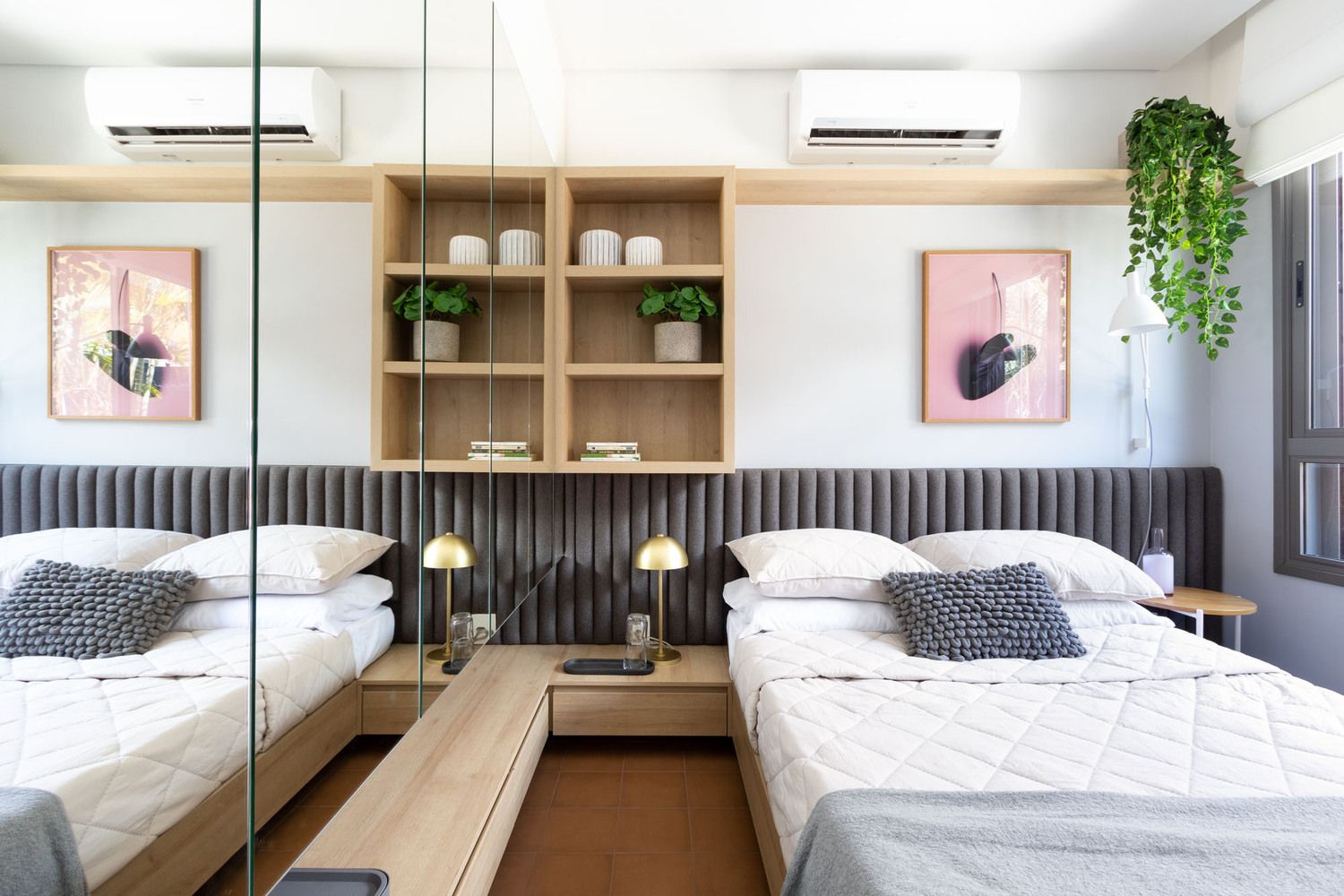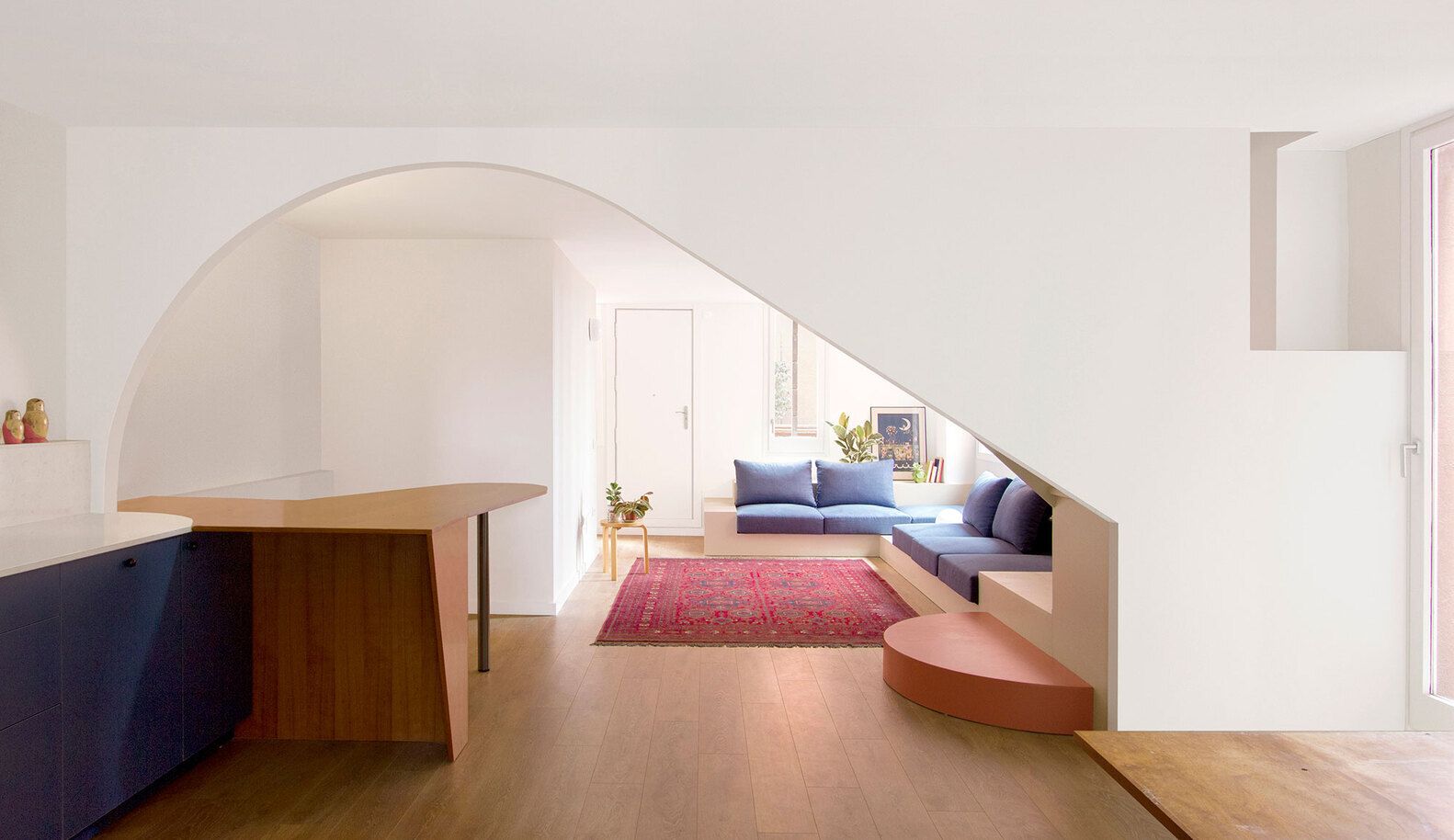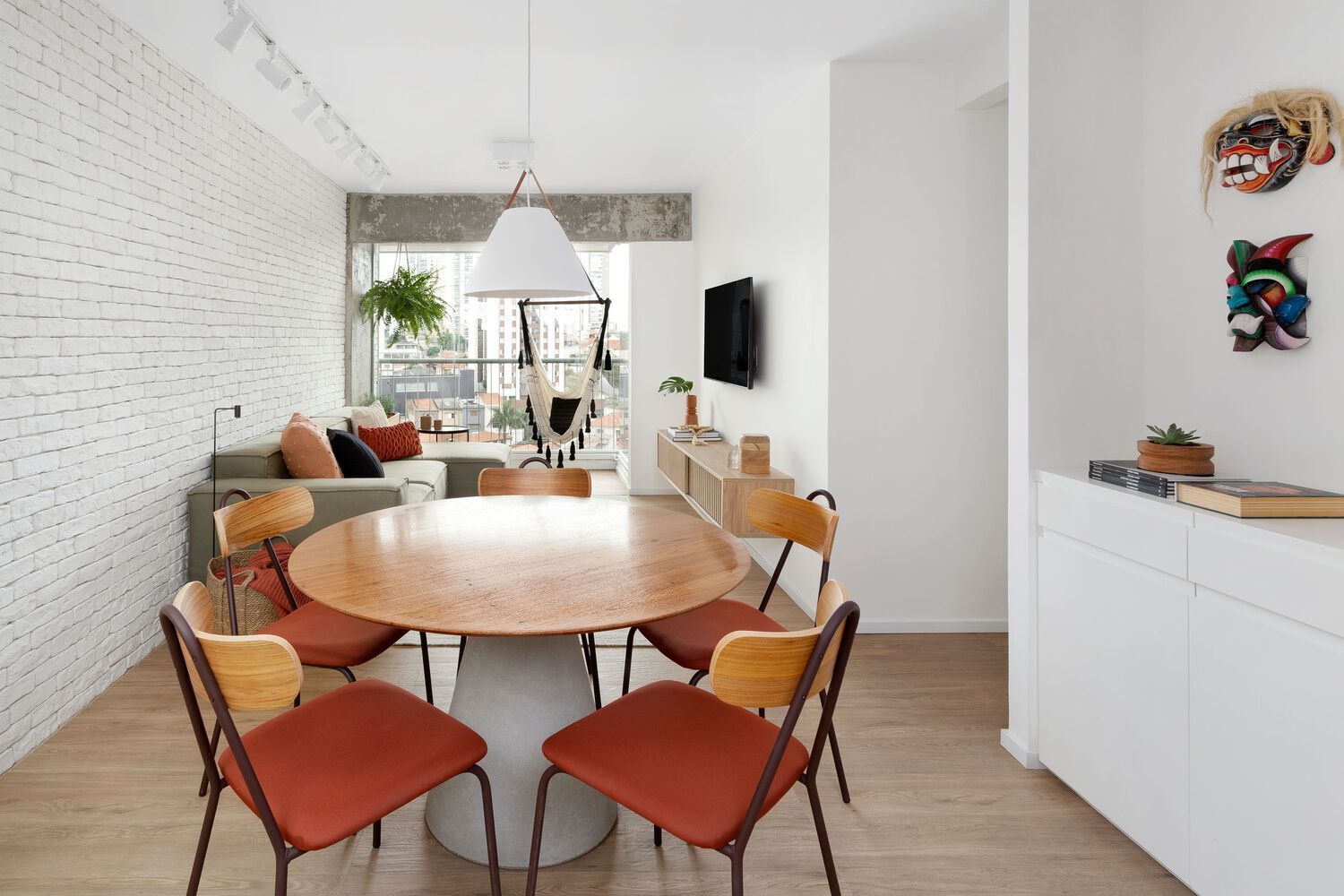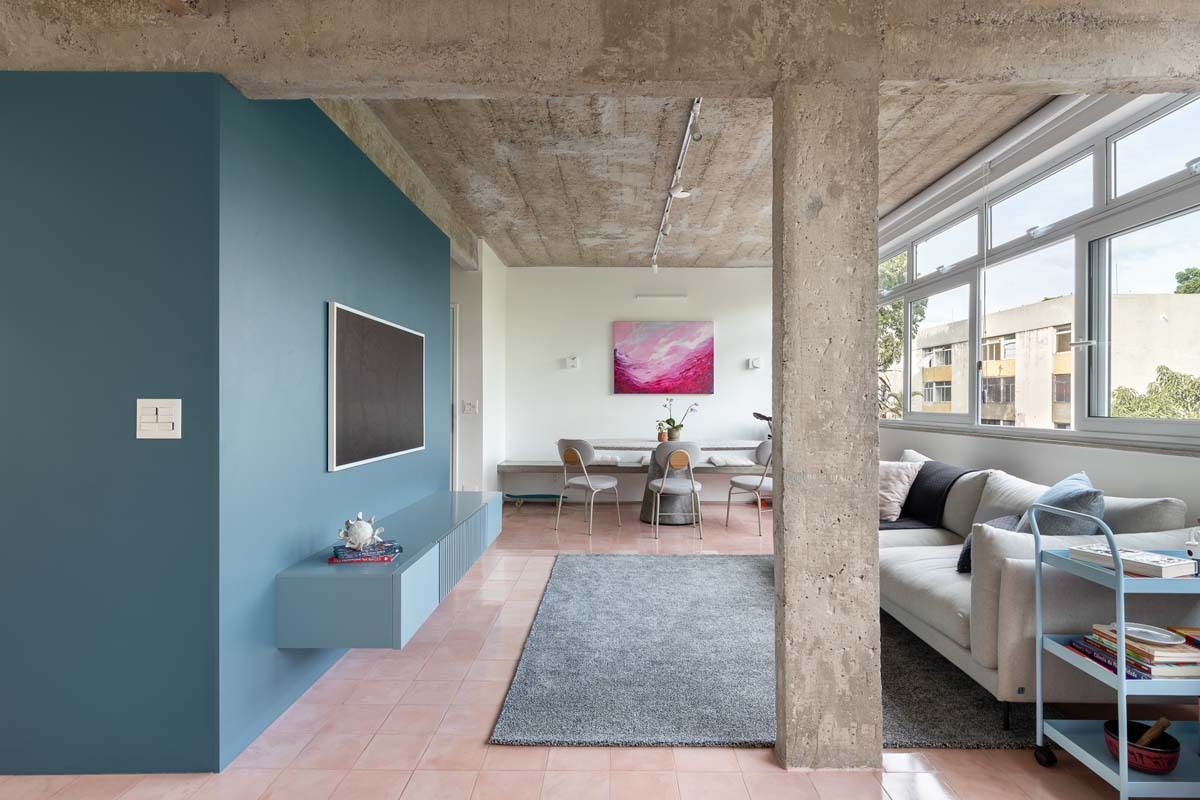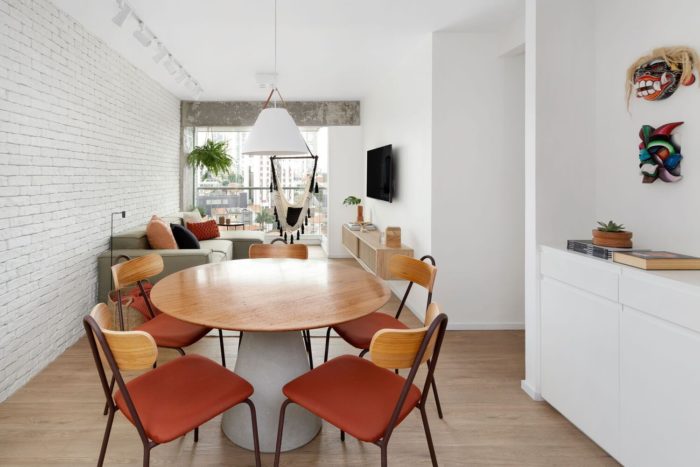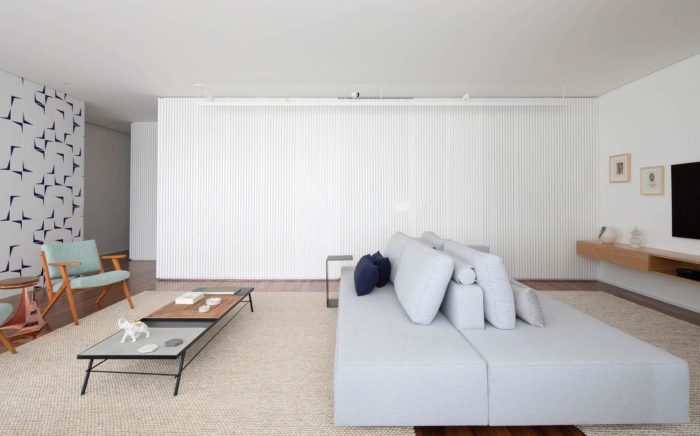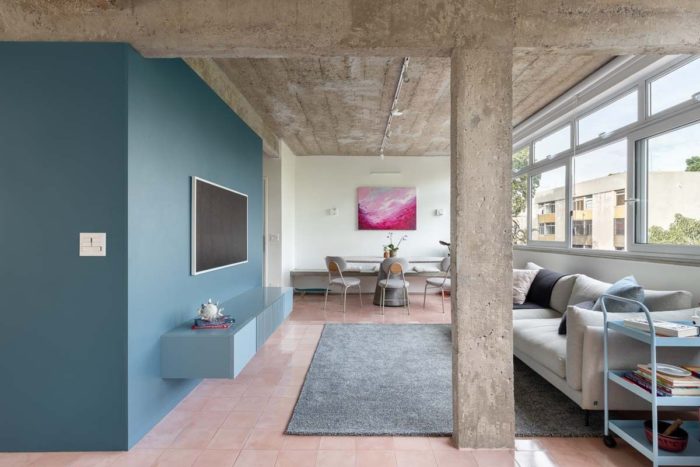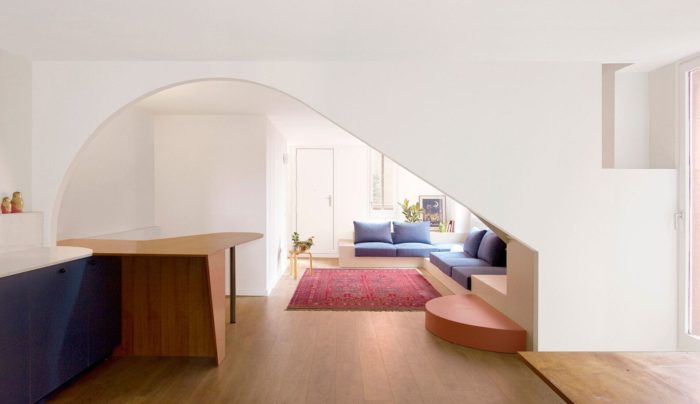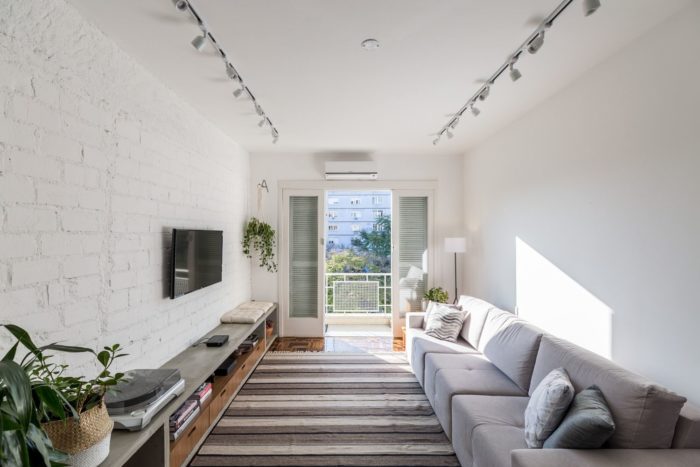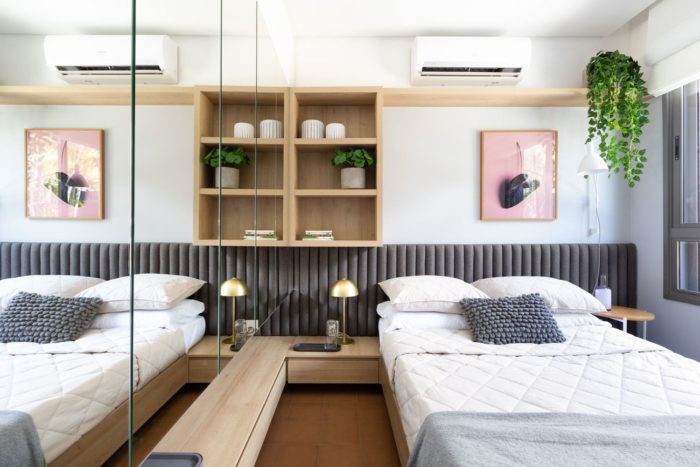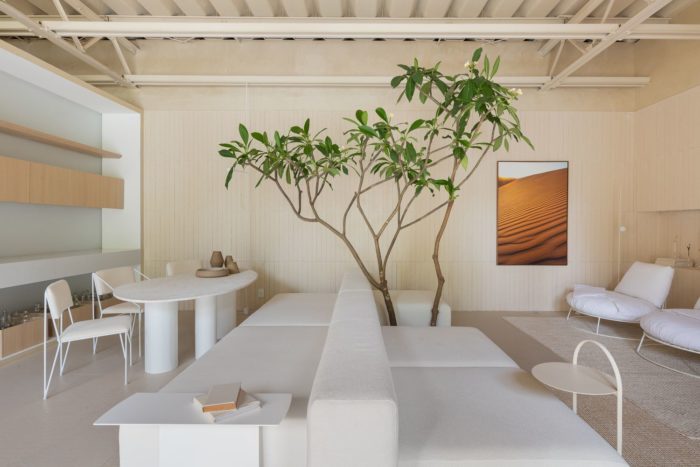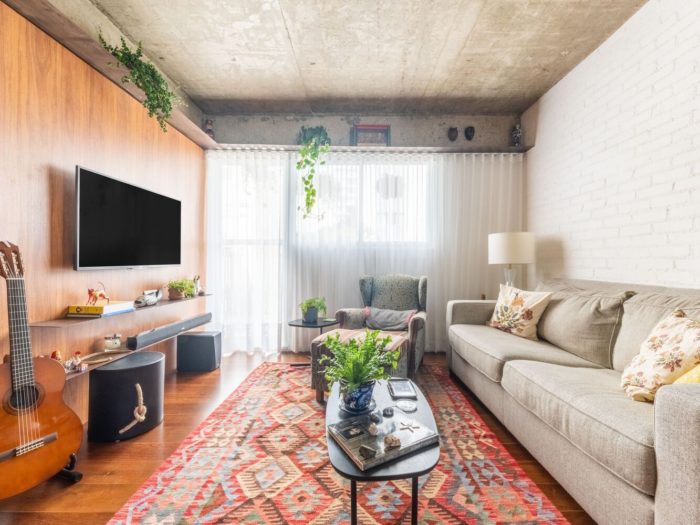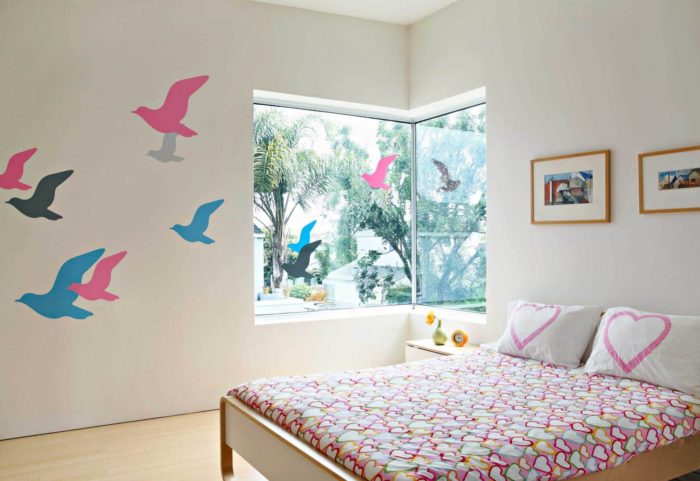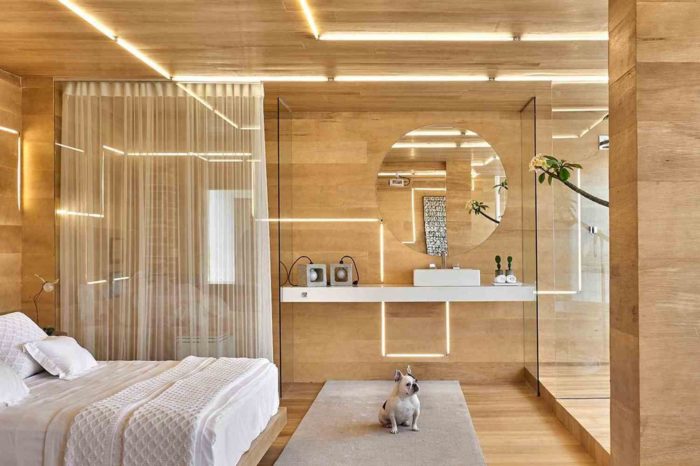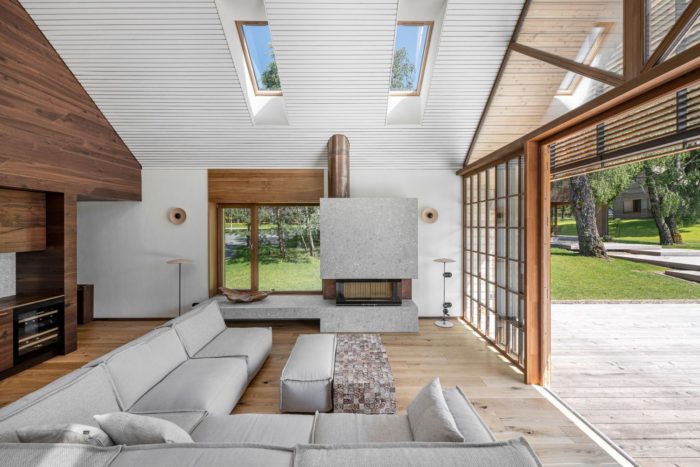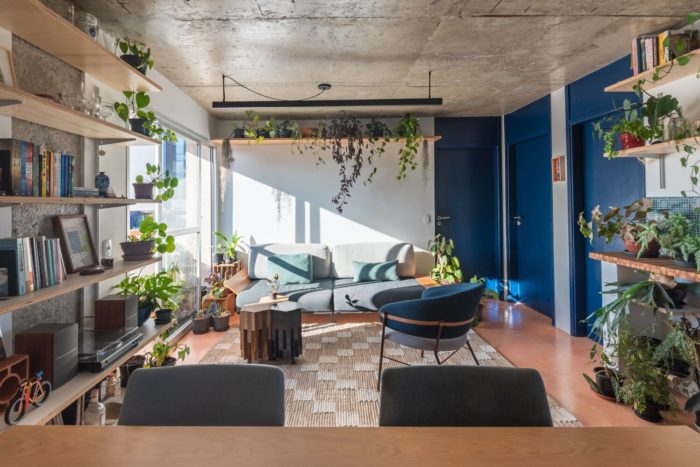Natural lighting offers significant health benefits, serving as your body’s primary source of essential Vitamin D. It also positively influences mood, sleep, and vision. Well-lit spaces bring positivity and energy, contrasting with the subdued atmosphere of dark living areas. Utilizing sunlight not only enhances well-being but also contributes to energy conservation. Well-ventilated rooms with ample natural light require less artificial lighting, reducing the need for electric lights during the day. However, some apartments may need more natural light due to obstacles like trees. If you’re seeking ways to improve natural lighting in your home, we have helpful tips for you.
1) Why Do You Need Natural Lighting?
If you’ve ever felt a bit down during the shift from summer to winter, you know how sunlight affects your mood. Natural lighting in your home is more than just a source of vitamin D; it also shapes how you perceive your living space. Heavy window coverings, bulky furniture, and dark color schemes can make a small apartment feel even more cramped. Maximizing space is essential in such situations. Moreover, natural lighting can improve your daily routine, making it easier to wake up in the morning and enjoy restful sleep at night when your space is well-lit throughout the day.
2) The Sources Of Natural Lighting
When it comes to natural light in a home, it’s important to have sources that provide diffused light instead of direct sunlight on surfaces or into your eyes. There are three primary sources of natural lighting indoors:
- Direct sunlight: This is sunlight that comes straight from the sun and creates bright light.
- External reflection: This light reflects off the ground, adjacent buildings, shelves, and windowsills. However, too much external reflection can cause glare and be unpleasant.
- Internal reflection: This happens when light reflects off internal walls, mirrors, and glossy surfaces within a room.
3) How To Improve Natural Lighting In Your Home?
Brightening your apartment with more natural light can significantly improve the atmosphere, making the space more open and welcoming. Here are a few tips to help you achieve that:
1- Use Light-Colored Paint
If you want to brighten your living space, it’s time to say goodbye to moody, dark wall and ceiling colors. Remember what you learned in school – light colors reflect light, while darker ones absorb it. You can apply this principle to your space by opting for lighter wall paint. Painting your ceiling plain white is brilliant, allowing natural lighting to spread freely. When choosing furniture and home accessories, extend the preference for light colors. Wear shades like white or grey for floor rugs to add beauty and brighten the room. Consider a matte finish for your wall coat; it allows light to reflect in all directions without being harsh on the eyes.
2- Keep Your Windows Open And Clean
Keeping your windows clean is essential to ensure your apartment receives ample light. Over time, glass windows accumulate dust and dirt, which can hinder the quality of light entering your room. Therefore, cleaning your windows at least every two or three weeks is recommended. You can use a microfiber cleaning cloth to wipe off the dust from the glass surfaces. If you have placed any large indoor plants or heavy decorations on the window sill, it is advisable to remove them to maximize the incoming light. Additionally, regularly trim any tree branches or creepers blocking the window light.
3- Use Mirrors to Reflect Light
When decorating your interiors, it’s worth considering adding a variety of mirrors to enhance your rooms. Mirrors contribute to a space’s aesthetic appeal and reflect natural light, creating a brighter atmosphere in your apartment. A helpful tip is to place mirrors opposite windows and balcony glass doors to maximize the incoming light. Modern interior designers emphasize the significance of mirrors for adding charm and brightness to a room. According to experts, installing a full-length mirror in your bedroom is a great way to illuminate the space with natural lighting. The notable advantage of incorporating mirrors is that they offer style and functionality.
4- Choose Light-Colored Furniture
If you are searching for second-hand furniture online, you may come across many pieces of heavy, dark wood. However, these pieces need to be updated compared to the current modern minimalism trend. If you want to maximize natural light in your space, it is crucial to create an overall lighter feel, which also applies to your furniture. Choose items with smooth, sleek lines and soft colors. Avoid bulky, overstuffed pieces or with busy patterns or dark colors.
5- Consider Light-Filtering Window Treatments
If you want more sunlight in your space, it’s better to choose white or light-colored curtains instead of heavy, dark ones. The color of your curtains can significantly affect the lighting in your room. Also, consider installing blinds as they are easy to open and close according to your preferences. Heavy, dark curtains are great for catching some extra sleep on sunny days or keeping your home warm in winter, but there might be better choices if you want more natural lighting in your space.
6- Choose glass doors And windows
Bringing in glass doors and windows can significantly increase the natural lighting in your home, resulting in a more spacious and well-ventilated living space. You can replace solid doors and windows with sliding glass or French doors to improve the overall ambiance. Bi-folding glass doors can be an excellent option for a stylish transformation, especially if you’re willing to invest a bit. Having multiple entry points for light to fill your room is a good idea. If privacy is a concern with more glass doors, you can opt for frosted or etched glass as an ideal solution.
7- Pick Bulbs That Simulate Sunlight.
Artificial lighting is essential in rooms with limited natural lighting. Consider incorporating full-spectrum light bulbs into your fixtures to enhance poorly lit spaces. These bulbs are designed to mimic daylight, providing a quick and effective solution to brighten your home with a soft, warm artificial glow. Lighting a room is easy with additional tables, floor lamps, and even sconces if an electrician wires your walls. Place a tall torchiere-style floor lamp in a vacant corner to direct light upwards, especially in dim areas. Add a small LED lamp to your coffee table, mantel, or kitchen counter. Well-lit rooms often have multiple light sources, so layer in more lamps. Adding more light sources significantly enhances a room’s overall brightness and ambiance.
8- Skylights
Skylights are an excellent way to bring natural lighting into a room. They are also known as roof windows and have a similar amount of glass as a medium-sized window. However, they are positioned upward towards the sun. Unlike regular windows, skylights are less likely to cast shadows from external objects and receive more consistent lighting even when it’s cloudy, thanks to their upward orientation.
Read more: All You Need to Know About Skylights
4) Conclusion
Natural lighting cannot only enhance the aesthetics of your home but also influence your emotions and mood. The interplay of light and shadow is the foundation of lighting design. A room that allows the flow of natural light can make even an inexpensive tiled floor look beautiful, while inadequate lighting can downgrade the appearance of an expensive marble floor. You can transform a dull space into a vibrant and lively one by following simple tips like these.
